Introduction
Pineapple fried meat, a vibrant and tantalizing dish that marries the tropical sweetness of pineapple with the savory richness of tender meat, has become a beloved staple in kitchens across the globe. Originating from Southeast Asian cuisine, this dish has transcended borders, evolving into a versatile meal that suits casual dinners, family gatherings, and even upscale restaurant menus. Its appeal lies in the harmonious balance of flavors—tangy, sweet, salty, and umami—coupled with a medley of textures from crisp vegetables to caramelized pineapple chunks. In this article, we delve into the art of preparing pineapple fried meat, exploring everything from ingredient selection to advanced cooking techniques that elevate this dish to culinary perfection.
The Science Behind the Flavor Fusion
At its core, pineapple fried meat thrives on the interplay of contrasting tastes. The natural enzymes in pineapple, particularly bromelain, break down proteins in the meat, tenderizing it while imparting a subtle fruity aroma. Meanwhile, the meat—often pork, chicken, or beef—provides a robust, savory base that anchors the dish. The addition of soy sauce, oyster sauce, and a hint of vinegar creates a complex umami profile, while bell peppers, onions, and garlic add layers of aromatic depth. Understanding this synergy is key to mastering the dish, as each component plays a pivotal role in achieving equilibrium.
Ingredients: Building Blocks of Brilliance
To create an unforgettable pineapple fried meat, start with high-quality ingredients. Here’s a breakdown of the essentials:
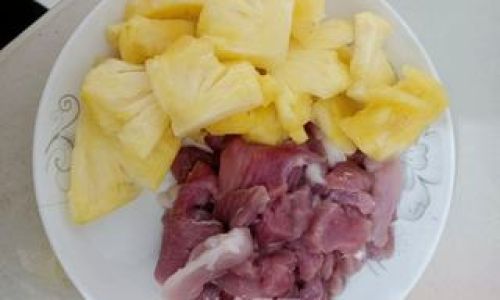
-
Protein:
- Pork: Use tenderloin or shoulder cuts for optimal tenderness.
- Chicken: Boneless thighs offer juiciness; breasts work if cooked briefly.
- Beef: Flank or sirloin steak, sliced against the grain.
-
Pineapple:
- Opt for fresh, ripe pineapple. Canned varieties lack the vibrant acidity and texture.
- Cut into 1-inch cubes, reserving juice for the sauce.
-
Vegetables:
- Bell Peppers: Red, green, or yellow for color and crunch.
- Onion: Sweet varieties like Vidalia or red onions for mildness.
- Garlic & Ginger: Freshly minced for aromatic punch.
-
Sauce Base:
- Soy sauce (light or dark, depending on salt preference).
- Oyster sauce for depth.
- Ketchup or tomato paste for sweetness.
- Rice vinegar or apple cider vinegar for acidity.
- Pineapple juice (from the fruit) to enhance tropical notes.
-
Thickeners:
Cornstarch slurry to coat the meat and thicken the sauce.
-
Seasonings:
White pepper, sugar, and sesame oil for finishing touches.
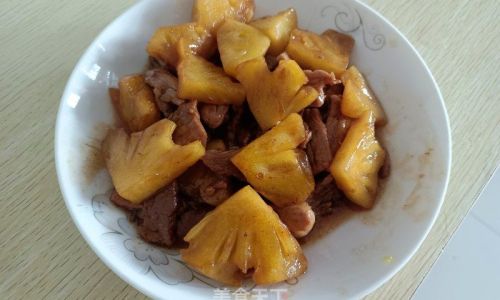
Step-by-Step Preparation: From Kitchen to Table
Marinating the Meat
The marinade is the dish’s secret weapon. Combine 2 tbsp soy sauce, 1 tbsp oyster sauce, 1 tbsp cornstarch, 1 tsp sugar, and a pinch of white pepper in a bowl. Add 1 lb of sliced meat, tossing to coat. Let it marinate for 15–30 minutes (or up to 2 hours in the fridge for deeper flavor). The cornstarch not only tenderizes but also creates a velvety texture when cooked.
Prepping the Pineapple and Vegetables
Core and cube the pineapple, ensuring uniformity for even cooking. Dice bell peppers and onions into similar sizes. Mince 3 garlic cloves and 1 tbsp ginger. Separate the ingredients to streamline cooking—this prevents overcrowding the pan and ensures each element cooks perfectly.
Cooking the Meat
Heat 2 tbsp vegetable oil in a wok or large skillet over high heat. Sear the meat in batches to avoid steaming. Cook for 2–3 minutes until browned but still slightly pink inside. Remove and set aside. This step seals in juices and develops a caramelized crust.
Sautéing Aromatics
In the same pan, add 1 tbsp oil. Stir-fry garlic and ginger for 30 seconds until fragrant. Toss in onions and bell peppers, stir-frying for 2 minutes until tender-crisp. The high heat preserves their vibrancy and crunch.
Combining Ingredients
Return the meat to the pan. Add pineapple chunks and pour in the sauce mixture: ¼ cup pineapple juice, 2 tbsp ketchup, 1 tbsp vinegar, 1 tbsp soy sauce, and 1 tsp sugar. Stir gently to coat.
Thickening the Sauce
Create a cornstarch slurry (1 tsp cornstarch + 2 tbsp water). Pour it into the pan, stirring continuously until the sauce thickens to a glossy consistency. This should take 1–2 minutes. Avoid overcooking, as the pineapple may soften excessively.
Finishing Touches
Drizzle with ½ tsp sesame oil and a pinch of white pepper. Taste and adjust seasoning—add a splash of vinegar for acidity or a sprinkle of sugar for sweetness. Garnish with sliced green onions or toasted sesame seeds.
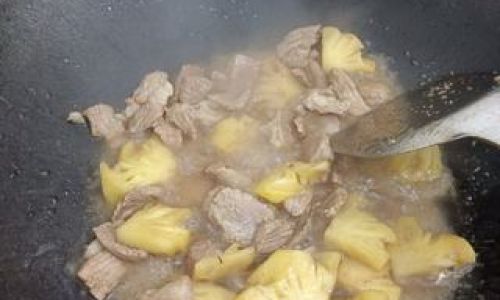
Mastering Texture and Flavor
- Meat Tenderness: Avoid overcooking; remove the meat while slightly underdone, as residual heat continues cooking.
- Pineapple Perfection: Use ripe fruit for sweetness, but avoid overcooking to prevent mushiness.
- Balance Act: If the sauce is too thin, reduce it further; if too thick, loosen with a splash of water or pineapple juice.
Variations and Customizations
- Spicy Kick: Add sliced chili peppers or a dash of sriracha during sautéing.
- Vegetarian Twist: Substitute meat with tofu or tempeh, marinated similarly.
- Citrus Zing: Incorporate orange juice or lime zest for a brighter profile.
- Nutty Crunch: Top with crushed cashews or peanuts before serving.
Pairing Suggestions
Pineapple fried meat pairs wonderfully with steamed jasmine rice, coconut rice, or egg noodles. For a low-carb option, serve over cauliflower rice or shredded cabbage. A side of pickled vegetables or cucumber salad adds refreshing contrast.
Common Pitfalls and How to Avoid Them
- Soggy Pineapple: Add it toward the end of cooking to retain texture.
- Bland Flavor: Ensure the meat is adequately marinated and the sauce is well-seasoned.
- Overcrowded Pan: Cook in batches to maintain high heat and prevent steaming.
- Gloopy Sauce: Use cornstarch sparingly and adjust consistency gradually.
Cultural Context and Modern Adaptations
While traditionally linked to Chinese and Thai cuisines, pineapple fried meat has inspired global interpretations. In Hawaii, it’s often served with grilled meats as part of a luau feast. Modern fusion chefs might incorporate ingredients like hoisin sauce, basil, or even mango for a tropical twist. The dish’s adaptability makes it a canvas for culinary creativity.
Nutritional Highlights
Pineapple is rich in vitamin C, manganese, and bromelain, aiding digestion. Meat provides protein and iron, while vegetables contribute fiber and antioxidants. Opt for lean cuts and moderate oil use to keep the dish heart-healthy.
Conclusion: A Dish That Transcends Borders
Pineapple fried meat is more than a meal—it’s a celebration of flavor harmony. Whether you’re a novice cook or a seasoned chef, mastering this dish offers a rewarding journey into the art of balance. Experiment with ingredients, adjust seasonings to taste, and savor the joy of creating a plate that delights the senses. So grab your wok, sharpen your knife, and let the symphony of sweet and savory unfold in your kitchen. Your taste buds—and guests—will thank you.

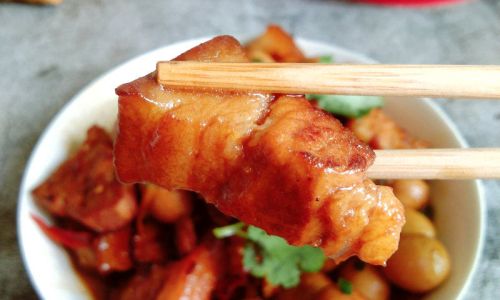
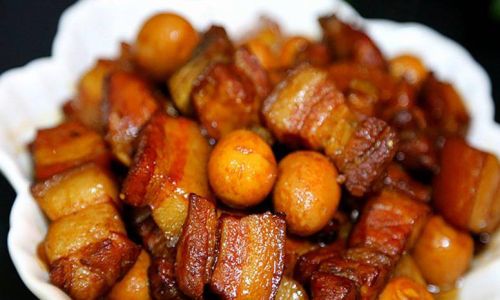


0 comments